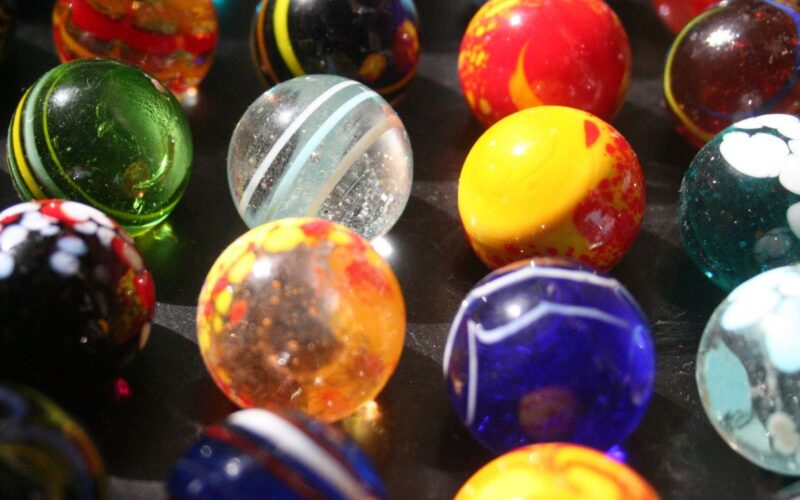Long before multiplayer lobbies and swipe-to-play apps, teens in the ’90s made their own fun with games that were loud, messy, and unforgettable. You didn’t need a charger. You just needed friends, maybe a sidewalk, and a wild imagination. Here are 10 classic games every ’90s kid remembers like it was yesterday.
1. Red Rover
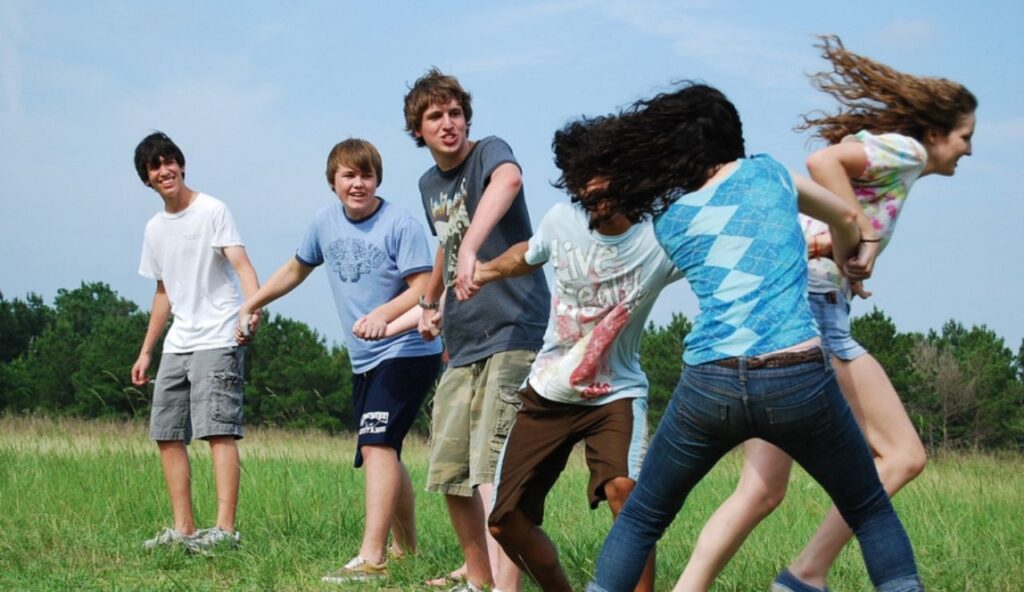
This game brought pure adrenaline to schoolyards. Two teams locked hands and dared a single player to charge through the line. When someone shouted your name, you ran full speed, hoping to break the chain. If you made it, you took someone back. If not, you joined the other team. The mix of shouting, laughter, and full-contact strategy made Red Rover unforgettable, even if you ended up with grass stains.
2. Four Square
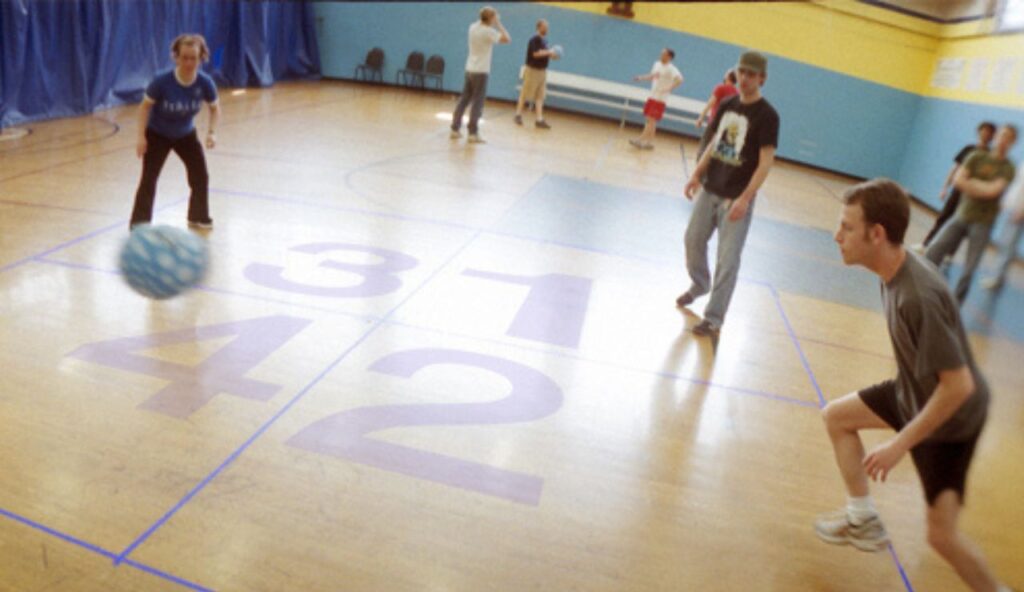
Four Square ruled every corner of the blacktop. A rubber ball bounced between numbered squares while players aimed for quick returns and sneaky serves. Everyone had their own house rules, which sparked playful debates and last-minute changes. The goal was simple: advance to square four and defend your spot. Whether you played with a small group or half the class, Four Square always delivered fast-paced fun.
3. Kickball
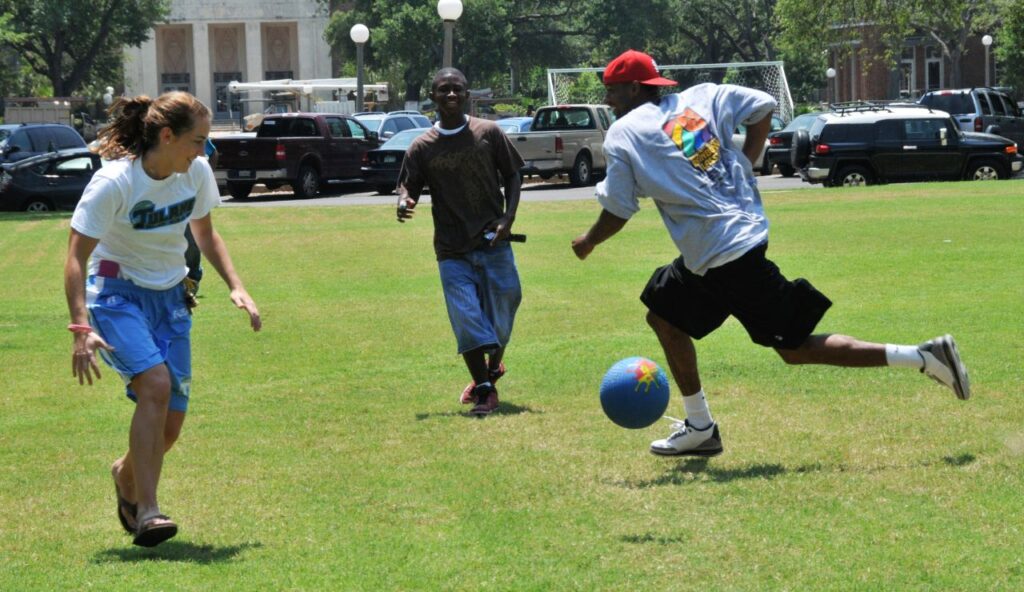
Kickball felt like baseball’s louder cousin. Teams lined up, the ball rolled in, and someone kicked it toward the sky. The rules were loose, the arguments constant, and every game was full of wild moments. Whether someone kicked a home run or tripped at first base, it didn’t matter. It was all about playing hard, laughing a lot, and walking home covered in dirt and pride.
4. Tetherball
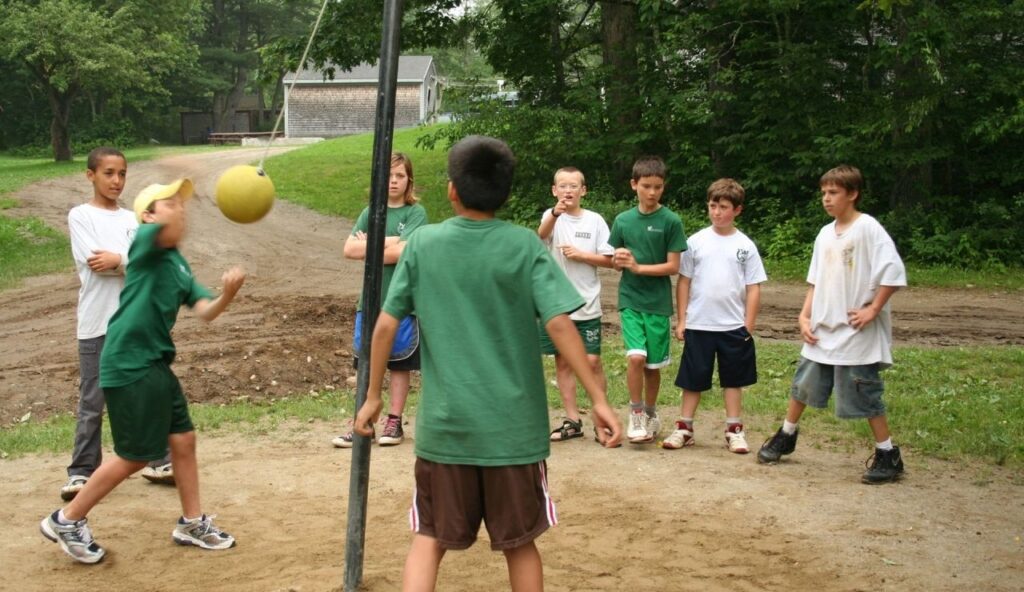
Tetherball turned recess into a fierce one-on-one showdown. Players tried to wrap the ball completely around the pole in their direction while the opponent hit it back. Timing and angles were everything. It looked simple but could get surprisingly intense, especially when someone hit the ball with full force. The game usually ended in victory, frustration, or a rope mark on someone’s hand, but it was never boring.
5. Freeze Tag
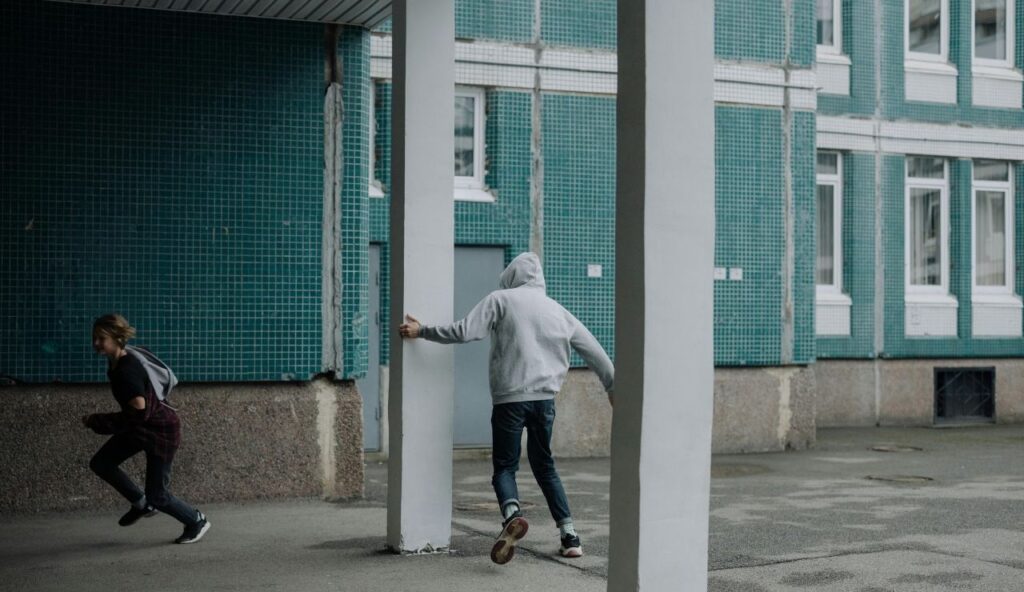
Freeze Tag took speed and teamwork to the next level. The second you were tagged, you froze in mid-step, waiting for someone to tap you free. Runners zigzagged wildly across playgrounds while the tagger chased with laser focus. No fancy gear was needed, just open space, quick legs, and a group of kids ready to sprint, shout, and keep the game going until everyone was breathless.
6. Hopscotch
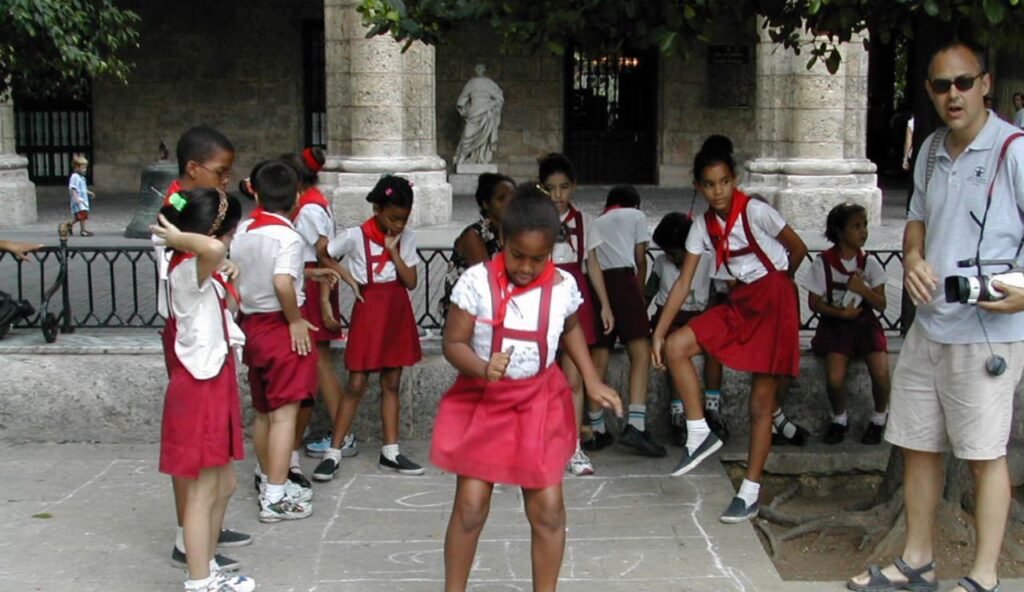
With just a stick of chalk and a pebble, hopscotch could fill an entire afternoon. Each player tossed their marker, then hopped through a series of numbered boxes on one foot, picking it up along the way without falling. It took balance, coordination, and focus. Kids often made up new shapes or added twists to the rules. Whether drawn outside a house or school, hopscotch brought color and rhythm to empty concrete.
7. Capture the Flag
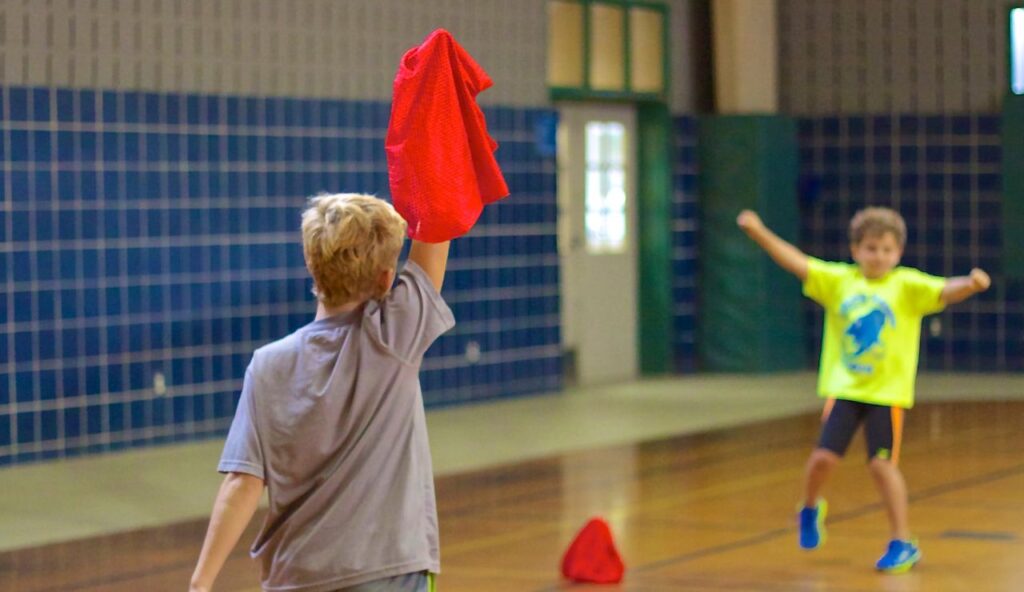
Capture the Flag was part sport, part strategy session. Players split into teams, hid their flags, and defended them with everything they had. Opponents snuck across lines to snatch the prize while avoiding capture. If caught, jail was the only stop, unless a teammate could set you free. It involved sneaking, sprinting, and planning your next move. Every game felt like a summer action movie played out in real time.
8. Jump Rope
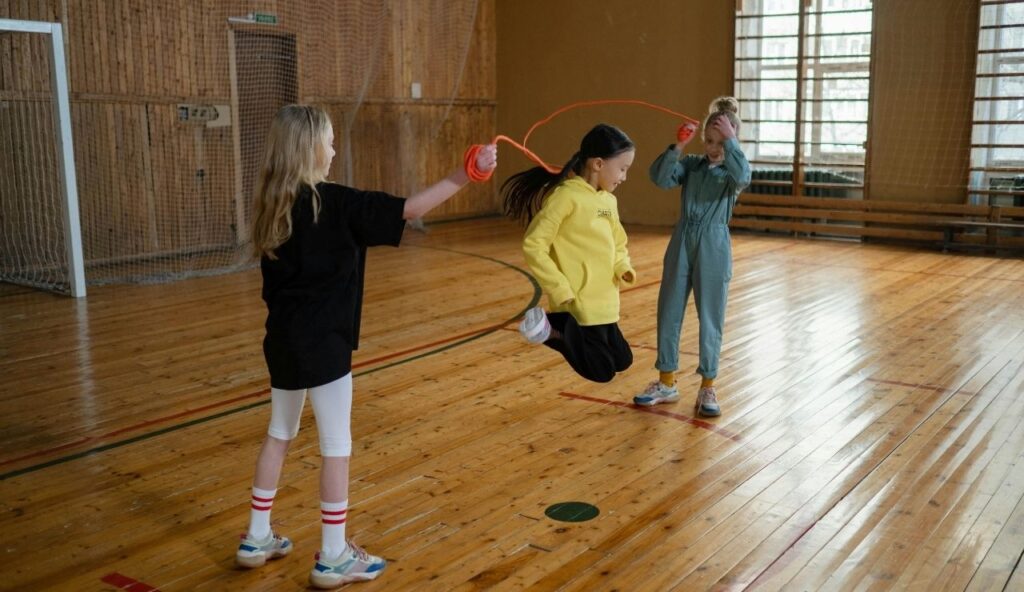
Jump rope was more than skipping over a swinging cord. It was music, movement, and friendly rivalry all rolled into one. Players added chants, flipped tricks, or teamed up for Double Dutch, where two ropes turned in opposite directions. Getting the rhythm right was part of the challenge. Whether alone or in groups, this game turned sidewalks into stages where everyone took a turn to shine.
9. Marbles
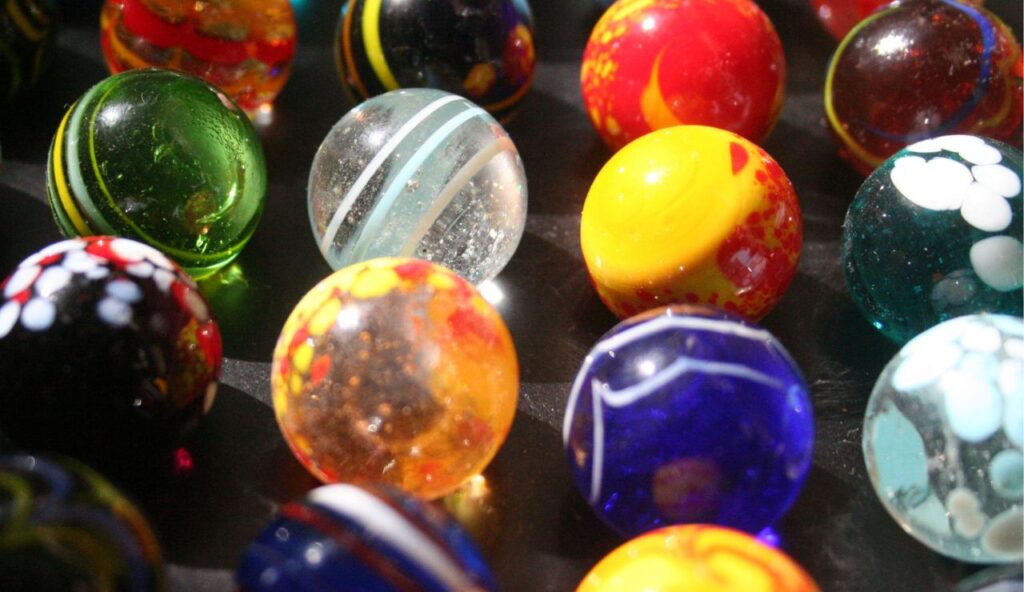
These tiny glass spheres had a big presence on playgrounds. Players used their best shooter marble to knock others out of a chalk circle, aiming with careful flicks and a bit of luck. Some kids collected rare colors, while others traded based on size or shine. A well-aimed shot could win you a handful. Beyond the game itself, marbles created a culture of collecting, bragging, and creative skill.
10. Simon Says
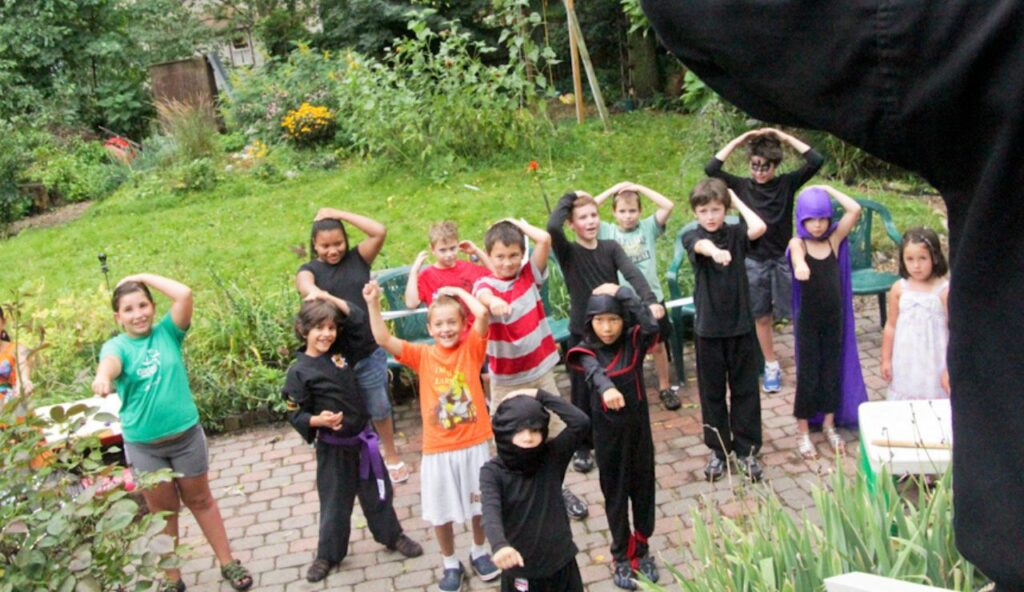
Simon Says was a mental warm-up in disguise. One person gave quick commands, but only if “Simon says” came first. The second you slipped up, you were out. The real fun came from the speed, misdirection, and laughter when someone followed the wrong move. It worked just as well in classrooms, backyards, or birthday parties. The rules were simple, but paying attention made all the difference.
